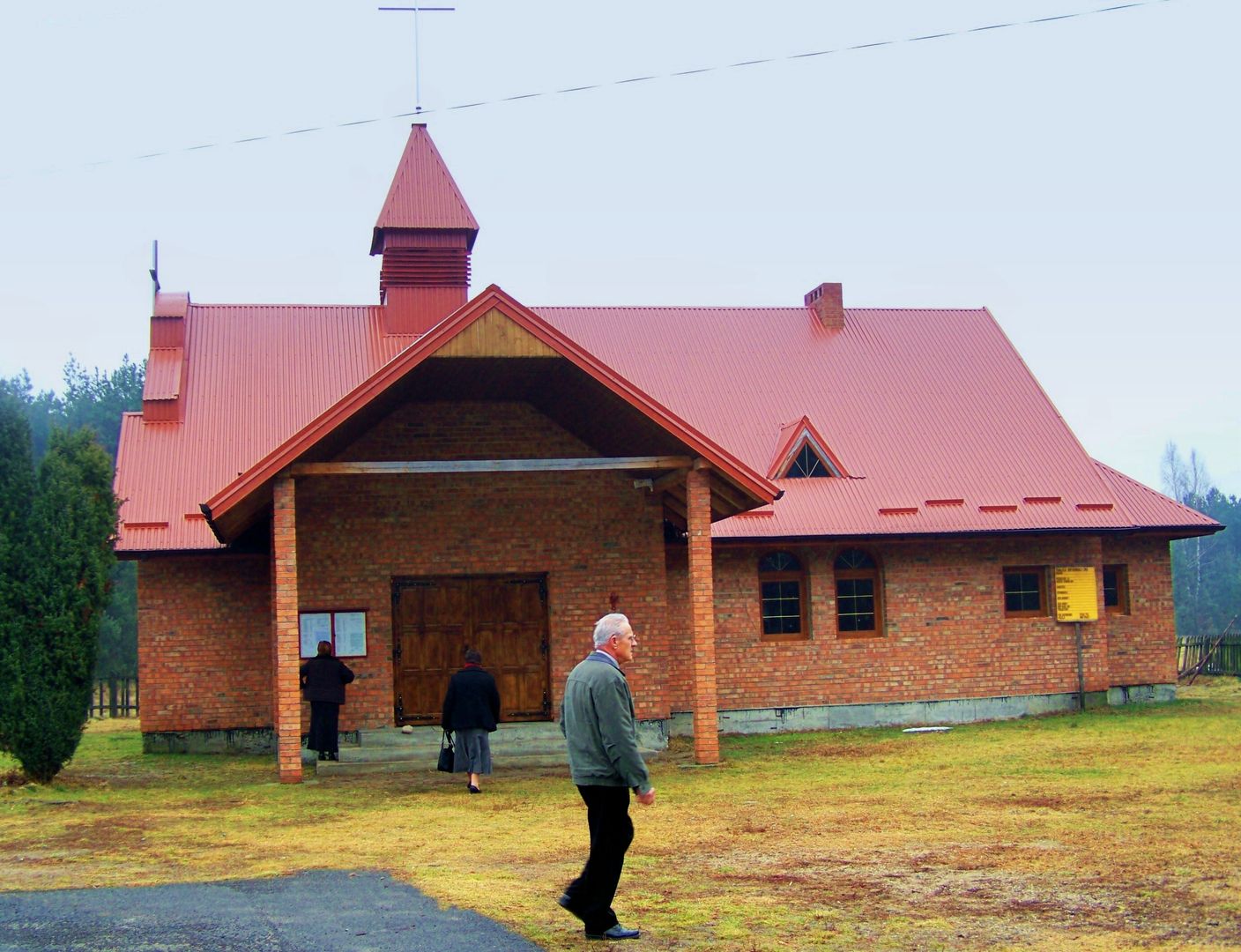Scar
7.34

Overview
Blizna is a village in the Podkarpackie Voivodeship, within the Ropczyce-Sędziszów County, with historical significance related to World War II. From 1975 to 1998, the locality belonged to the Rzeszów Voivodeship. It is primarily known for the V-weapon testing ground, established in 1943 after the Allies bombed the main rocket development center in Peenemünde. To ensure security and facilitate work on rocket weaponry, the German command relocated part of the operations to Blizna, a move personally supervised by Wernher von Braun and Colonel Walter Dornberger. The testing ground, built on the site of a forcibly evacuated village, required the construction of new facilities, including barracks, a service tower, assembly halls, and launch ramps. Its location allowed for the testing of V-2 and V-1 rockets, with the first launch taking place in October 1943. Although most rockets failed to reach their targets, analysis and observations led to improvements in their effectiveness. The testing ground operated until July 1944, when the Germans began evacuating due to the advancing Soviet forces. Some facilities were destroyed by the retreating Germans, but several structures have survived to this day, such as V-1 launch sites and remnants of buildings. The remains of the testing ground have gained historical and architectural value, attracting both tourists and military history researchers. In the surrounding area, one can find traces of rocket launches and trenches left by Soviet soldiers. Blizna, with its rich history and testing ground architecture, is an important site for the study of World War II and the development of rocket technology.
Location
2025 Wizytor | All Rights Reserved